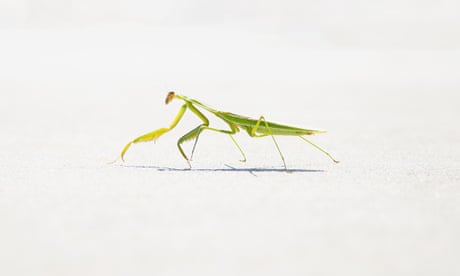Jem Raid
New member
Hello all,
Earlier this year we saw five Swallows and thought here come the Heralds. There are two now and no others arrived, there are about fifteen House Martins instead of about Fifty. Last year there were hordes of both screetching across the sky all day.

Even earlier than the above I saw a small pallet outside a house and asked if I could have, it just fitted into my little car. I cut it in half and put some felting on it, the bottom layer is full of stones, the next bits of wood, some roots on top and one of the insect homes on the plank. Already the ground nesting insects are flying in an out of the stones.
J
Saving the planet isn't hard
Make a start in your own backyard
Earlier this year we saw five Swallows and thought here come the Heralds. There are two now and no others arrived, there are about fifteen House Martins instead of about Fifty. Last year there were hordes of both screetching across the sky all day.
Even earlier than the above I saw a small pallet outside a house and asked if I could have, it just fitted into my little car. I cut it in half and put some felting on it, the bottom layer is full of stones, the next bits of wood, some roots on top and one of the insect homes on the plank. Already the ground nesting insects are flying in an out of the stones.
J
Saving the planet isn't hard
Make a start in your own backyard


